Unlock Your Mind: How CBT Transforms Mental Health
Have you ever felt trapped in a loop of your own thoughts? A cycle where one negative idea spirals into a dozen more, leaving you feeling anxious, sad, or overwhelmed. It’s a profoundly human experience, this feeling of being stuck. But what if you could learn to press pause on that cycle, to examine those thoughts, and to choose a different path forward? This is the fundamental promise of one of the most effective and practical psychological tools available today, Cognitive Behavioural Therapy.
Cognitive Behavioural Therapy, or CBT, isn’t about endlessly digging into your past or searching for hidden meanings. It’s a hands-on, skills-based approach to mental health that empowers you to become your own therapist. It provides a clear framework for understanding how your mind works and gives you tangible strategies to change the patterns that hold you back. This is your guide to understanding how this transformative therapy can help you rewire your brain for lasting mental wellness.

What Exactly Is Cognitive Behavioural Therapy?
Cognitive Behavioural Therapy is a type of talking therapy that helps you manage your problems by changing the way you think and behave. It’s based on the core concept that your thoughts, feelings, physical sensations, and actions are all interconnected, and that negative thoughts and feelings can trap you in a vicious cycle.
Imagine a simple triangle. At one point, you have a thought, "I’m going to fail this presentation." This thought directly influences the next point, your feelings, leading to anxiety and dread. These feelings then impact the third point, your behaviour, causing you to procrastinate or avoid preparing altogether. This avoidance then reinforces your original thought that you are going to fail. CBT works by helping you intervene at any point in this cycle, most often by learning to identify and challenge the unhelpful thought that started it all.
Unlike some other therapies that delve deep into your past to find the root of your issues, CBT is primarily focused on the here and now. It addresses your current problems and provides you with practical strategies to improve your state of mind on a daily basis. It’s a collaborative, goal-oriented process designed to equip you with a toolkit of coping skills that can last a lifetime.

How Does CBT Actually Work in Practice?
CBT works through a structured, collaborative process between you and a therapist, where you learn to identify, question, and change the dysfunctional thought patterns and behaviours that are damaging your mental health. The therapy is an active partnership, not a passive experience where you simply listen to an expert.
From the very first session, you and your therapist will work together to break down your problems into smaller, more manageable parts. You might look at your thoughts, your physical feelings, and your actions in specific situations. This helps to clarify how they are connected and which aspects are creating difficulties for you.
A central part of the process involves what is often called "homework" or between-session tasks. This isn’t like schoolwork, but rather a chance to apply the skills you’re learning in your real life. It might involve keeping a diary of your thoughts, consciously trying a new behaviour, or practicing a relaxation technique. This practical application is what helps turn theoretical knowledge into a real, lasting change in your life.

What Are Automatic Negative Thoughts (ANTs)?
Automatic Negative Thoughts, often called ANTs, are fleeting, reflexive thoughts that pop into your head in response to a situation, and they are often so ingrained that you don’t even notice them. These are the quick, judgmental, and pessimistic thoughts that can instantly shape your mood and outlook without your conscious consent.
They are the silent narrator in your mind that might whisper, "You’re not good enough," after a minor mistake, or shout, "This is going to be a disaster," before a social event. Everyone experiences these thoughts from time to time. They become a problem, however, when they are frequent, unquestioned, and overwhelmingly negative, creating a constant backdrop of self-criticism and worry.
In CBT, one of the first and most crucial skills you learn is to simply become aware of these thoughts. It’s like turning a light on in a dark room, you start to see what’s actually there. By learning to catch these ANTs, you take the first step toward reducing their power over your emotions and actions.
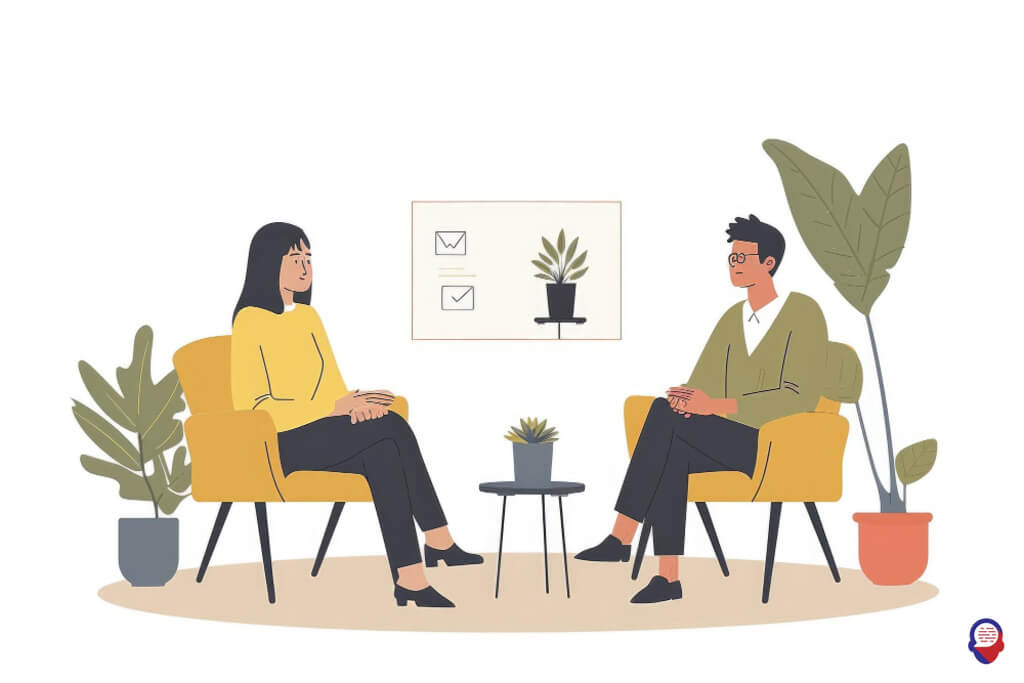
How Do You Challenge These Negative Thoughts?
You challenge negative thoughts through a process known as cognitive restructuring, which involves critically examining the validity of your automatic thoughts rather than just accepting them as fact. It’s about becoming a detective in your own mind, looking for evidence that either supports or contradicts your negative belief.
Your therapist will guide you in asking crucial questions about a particular thought. What is the evidence for this thought being true? Is there any evidence against it? Is there a different, more balanced way of looking at this situation? What is the worst that could happen, and could I cope with it? This Socratic questioning helps you see that your initial thought is often just one of many possible interpretations, and usually not the most accurate one.
A common tool used to facilitate this is a thought record. This is a simple worksheet where you jot down a situation, the automatic thought it triggered, the emotions you felt, and then you work through the process of challenging that thought and developing a more balanced alternative. It’s not about forcing yourself into "positive thinking," but about cultivating a more realistic and helpful perspective.
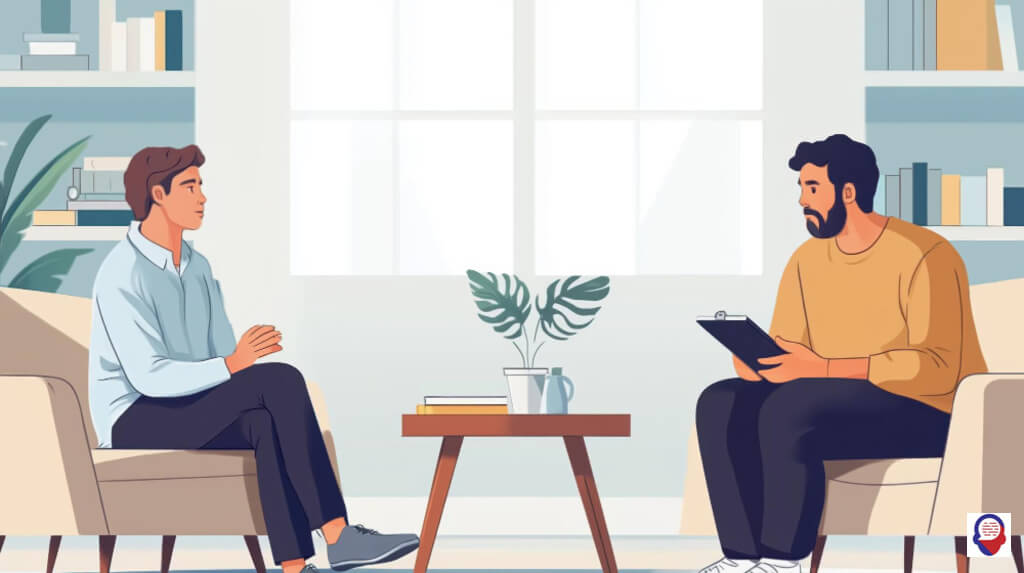
What Mental Health Conditions Can CBT Help With?
CBT is one of the most researched forms of psychotherapy and has been proven effective for a wide range of mental health conditions. Its practical, skills-based approach makes it particularly well-suited for problems where specific thought and behaviour patterns are a major driving factor.
It is widely recognised as a frontline treatment for anxiety disorders, including generalised anxiety disorder (GAD), panic disorder, social anxiety, and specific phobias. For anxiety, CBT helps individuals identify and challenge the catastrophic thinking that fuels their fear, while behavioural techniques like exposure therapy help them gradually face feared situations. It is also a highly effective treatment for depression, where it works to counteract negative thought patterns related to hopelessness and worthlessness, and uses behavioural activation to break the cycle of withdrawal and inactivity.
Beyond anxiety and depression, the application of CBT is incredibly broad. It is a proven therapy for obsessive-compulsive disorder (OCD), post-traumatic stress disorder (PTSD), and eating disorders. Furthermore, its principles are regularly used to help people manage issues like chronic pain, insomnia, anger problems, low self-esteem, and general life stress.

What Makes CBT Different from Other Therapies?
CBT is distinct from many other forms of psychotherapy primarily due to its structure, its focus on the present, and its emphasis on practical skills. It operates on the principle that by changing your current thinking and behaviour, you can change how you feel, without necessarily needing to resolve all the conflicts of your past.
While some therapies, like psychodynamic therapy, may focus on exploring your unconscious mind and understanding how early life experiences have shaped you, CBT is more concerned with what is happening in your life right now. While your past is acknowledged as important context, the therapeutic work itself is directed at solving current problems and building future resilience.
The therapy is also highly structured and goal-oriented. At the outset, you and your therapist will agree on specific goals you want to achieve, and sessions are typically planned with an agenda. This is quite different from less structured therapies where the conversation might flow more freely. This direct, pragmatic approach often means that CBT can be a shorter-term therapy, with a typical course lasting for a set number of weeks or months.
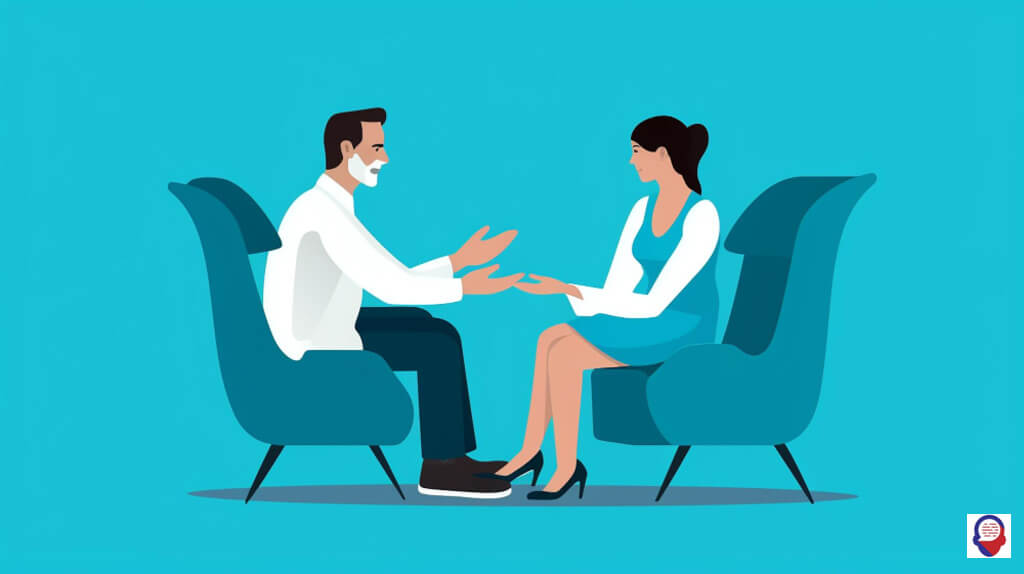
What Can You Expect in a Typical CBT Session?
A typical CBT session is a structured and collaborative meeting that usually lasts about 50 to 60 minutes. Unlike the common media portrayal of therapy, you won’t be lying on a couch talking aimlessly, instead, you will be an active participant in a focused and purposeful conversation.
Most sessions begin with a check-in and the setting of an agenda. You and your therapist will briefly discuss your week and decide together what you want to focus on during that particular session. This ensures that the time is used effectively to work on your most pressing issues or specific therapy goals.
A significant portion of the session will be dedicated to learning and practicing new CBT skills. This might involve identifying the automatic thoughts you had during a recent difficult event, working through a thought record, or planning a behavioural experiment. The therapist acts as a guide and a coach, teaching you the techniques and helping you apply them to your own life. The session usually concludes by reviewing what you’ve learned and agreeing on a practical task to work on before your next meeting.

Is CBT a Quick Fix for Mental Health?
No, CBT is not a quick fix, but rather a process of learning, practicing, and mastering a new set of skills to manage your mental health effectively. While it is often a shorter-term therapy compared to others, its success depends entirely on the active effort and commitment of the individual.
Think of it like learning to play a musical instrument or starting a new fitness regime. Attending a weekly lesson or gym session is important, but the real progress happens with the consistent practice you do in between those sessions. Similarly, the "homework" in CBT is where the real change takes root, as you apply what you learn in therapy to the challenges of your everyday life.
The effort is well worth it. While it requires work, the skills you develop in CBT are not temporary solutions. They are durable tools that you can carry with you for the rest of your life. The goal of CBT is not just to help you feel better in the short term, but to empower you to become your own therapist, capable of handling future challenges with resilience and confidence.

Can I Do CBT on My Own?
Yes, many of the core principles and techniques of CBT can be learned and applied on your own through self-help resources, and this can be a very effective approach for some people with milder issues. There is a wealth of high-quality books, workbooks, and evidence-based apps that can guide you through the process of identifying and challenging your unhelpful thoughts and behaviours.
Self-directed CBT requires a high level of motivation and discipline. You must be willing to honestly assess your own patterns and consistently practice the techniques without the external accountability that a therapist provides. For many, this is a perfectly viable and beneficial path.
However, working with a qualified CBT therapist offers significant advantages, especially for more severe or complex conditions. A therapist provides personalised guidance, helping you tailor the techniques to your unique situation. They offer support and encouragement when you feel stuck, hold you accountable to your goals, and can help you navigate deeply ingrained patterns that are difficult to tackle alone.

What Are the Core Techniques Used in CBT?
The core techniques used in CBT are practical, action-oriented strategies designed to break the cycle of negative thoughts, feelings, and behaviours. These tools form the heart of the therapy, providing you with concrete methods to intervene in your own psychological processes and create meaningful change.
These techniques are not abstract theories, but hands-on exercises that you will learn and practice both in and out of your therapy sessions. They are designed to be intuitive and applicable to a wide variety of real-world problems. The most prominent techniques include cognitive restructuring, behavioural activation, and exposure therapy, each targeting a different part of the problematic cycle.
By mastering these core skills, you move from being a passive victim of your moods and anxieties to an active agent in your own mental wellbeing. You learn that while you can’t always control what happens to you, you can learn to control how you respond.

What is Cognitive Restructuring?
Cognitive restructuring is the central technique for tackling the "cognitive" or thinking part of CBT. It is the methodical process of identifying your unhelpful or inaccurate thoughts, evaluating them objectively, and replacing them with more realistic and balanced alternatives.
This process begins by learning to spot common patterns of thinking errors, known as cognitive distortions. These are like mental filters that twist your perception of reality. Examples include black-and-white thinking, where you see things in all-or-nothing terms, or catastrophizing, where you automatically expect the worst possible outcome. Other distortions include overgeneralising from a single negative event or mind-reading what others are thinking about you.
The goal of cognitive restructuring is not to replace negative thoughts with overly positive ones, which can feel inauthentic. The aim is to achieve a more balanced and realistic perspective. By systematically questioning your initial negative assumptions and considering other possibilities, you reduce their emotional impact and open the door to more helpful behaviours.

What is Behavioural Activation?
Behavioural activation is a powerful technique primarily used for depression, but its principles are helpful for many issues involving avoidance and low motivation. It is based on the simple but profound idea that our actions have a strong influence on our mood, and that by changing what we do, we can change how we feel.
When people are depressed, they tend to withdraw from life. They stop doing the things they once enjoyed or found meaningful, which leads to fewer positive experiences, reinforcing feelings of sadness and hopelessness. This creates a vicious cycle of inactivity and low mood. Behavioural activation aims to break this cycle directly.
The technique involves working with a therapist to schedule specific, value-driven activities back into your life, even if you don’t feel like doing them. You might start small, with something as simple as taking a five-minute walk or listening to a favorite song. By gradually increasing your engagement in positive, rewarding, or meaningful activities, you begin to reintroduce sources of pleasure and accomplishment, which naturally lifts your mood and combats the inertia of depression.

What is Exposure Therapy?
Exposure therapy is a key behavioural technique used to treat anxiety disorders, phobias, OCD, and PTSD. It is designed to help people confront their fears in a safe and controlled manner, gradually reducing the power that fear has over them.
The underlying principle is that avoidance maintains fear. When you avoid something you’re afraid of, you get immediate relief, which reinforces the idea that the situation is dangerous and that you were right to avoid it. Exposure therapy reverses this process by helping you face your fears systematically until they no longer trigger an intense anxiety response.
This is done through a carefully planned hierarchy, starting with situations that cause only mild anxiety and slowly working up to more challenging ones. For someone with a fear of dogs, it might start with looking at a picture of a dog, then watching a video, then looking at a real dog from a distance, and eventually, perhaps, petting a calm dog. With each successful step, your brain learns that the feared outcome doesn’t happen, and the anxiety naturally subsides, a process known as habituation. This is always done at a pace you are comfortable with, in collaboration with your therapist.
Frequently Asked Questions

How long does CBT treatment usually take? The duration of CBT can vary significantly based on the individual and the complexity of their issues, but it is generally considered a short-term therapy. A typical course of treatment often ranges from 12 to 20 weekly sessions, though some people may need fewer sessions for a specific problem, while others with more long-standing issues might benefit from a longer period of therapy.

Is CBT effective for everyone? CBT is one of the most effective psychological treatments for a wide range of conditions, but no single therapy works for every single person. Its success can depend on the nature of the problem, the individual’s willingness to engage actively in the process, and the quality of the relationship with the therapist. If CBT doesn’t feel like the right fit, it is important to know that many other effective therapies are available.
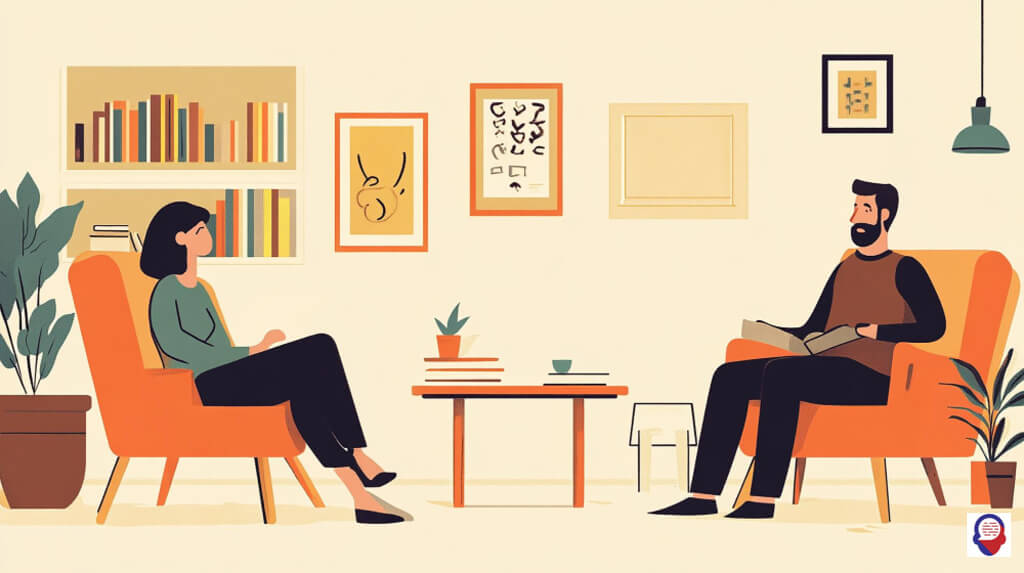
Will I have to talk about my childhood? CBT primarily focuses on your current problems and how your present thoughts and behaviours are affecting you. Therefore, you will not necessarily have to spend a lot of time talking about your childhood. However, your past experiences may be discussed if they provide important context or directly inform a core belief that is causing you difficulty in the present day. The focus remains firmly on solving today’s challenges.

What if I feel uncomfortable with a technique? Your comfort and safety are paramount in therapy. CBT is a collaborative process, and you should always feel empowered to speak up if a particular technique or task makes you feel overly distressed or uncomfortable. A good therapist will listen to your concerns and work with you to adjust the approach, find an alternative strategy, or slow down the pace to ensure you feel supported and in control of your therapeutic journey.
Your thoughts do not have to control your life. At Counselling-uk, we provide a safe, confidential, and professional place to get advice and help with mental health issues, offering support for all of life’s challenges. Learning the skills of CBT can be a powerful step towards regaining control and building a more resilient, fulfilling future. If you are ready to understand your challenges and find a new way forward, we are here for you. Take the first step toward lasting change today.

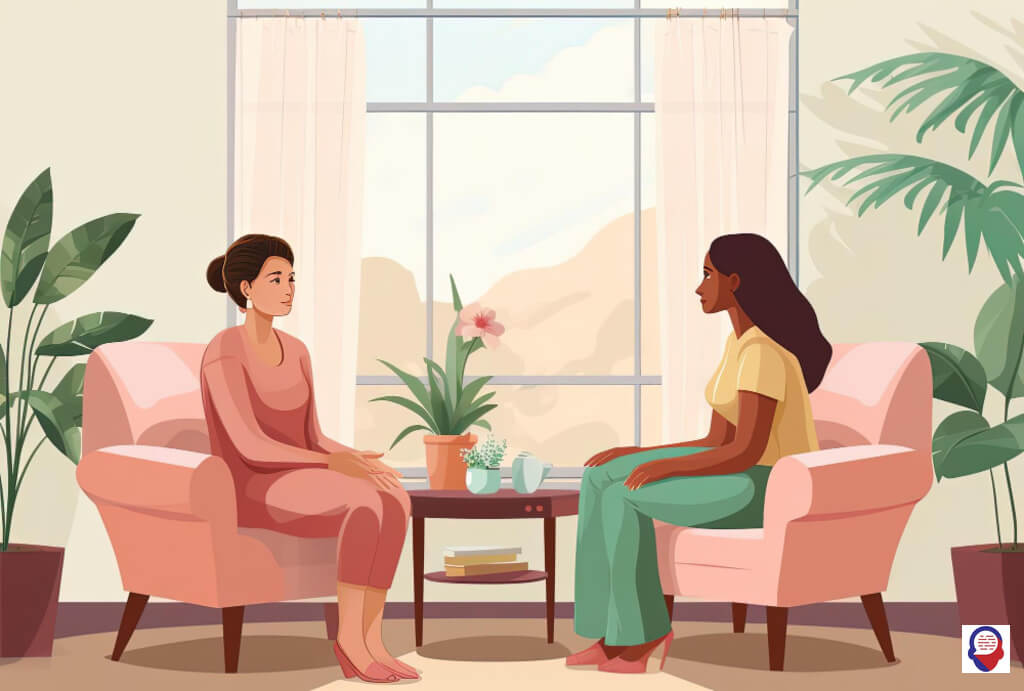


Cognitive Behavioral Therapy (CBT) has been used for many years to treat mental health issues. It is a type of psychotherapy that focuses on changing negative thoughts and behaviors in order to improve one’s mental health. However, there are some challenges that can arise when using CBT to address mental health concerns.